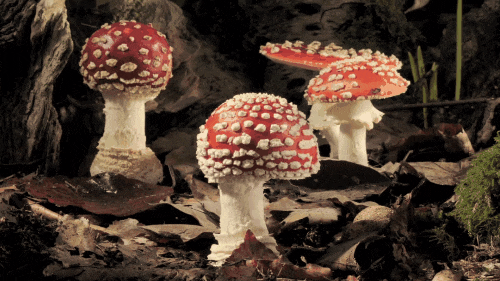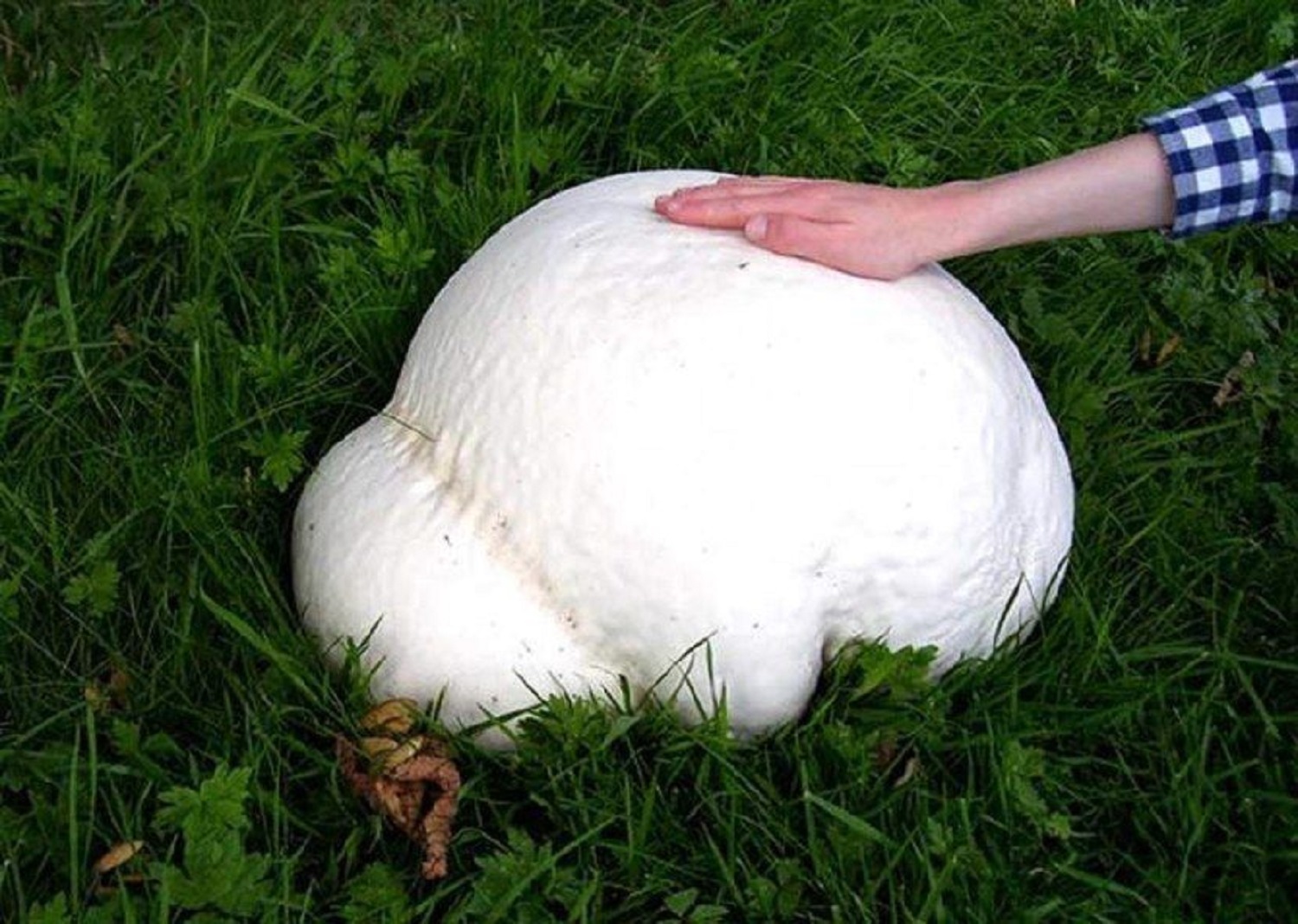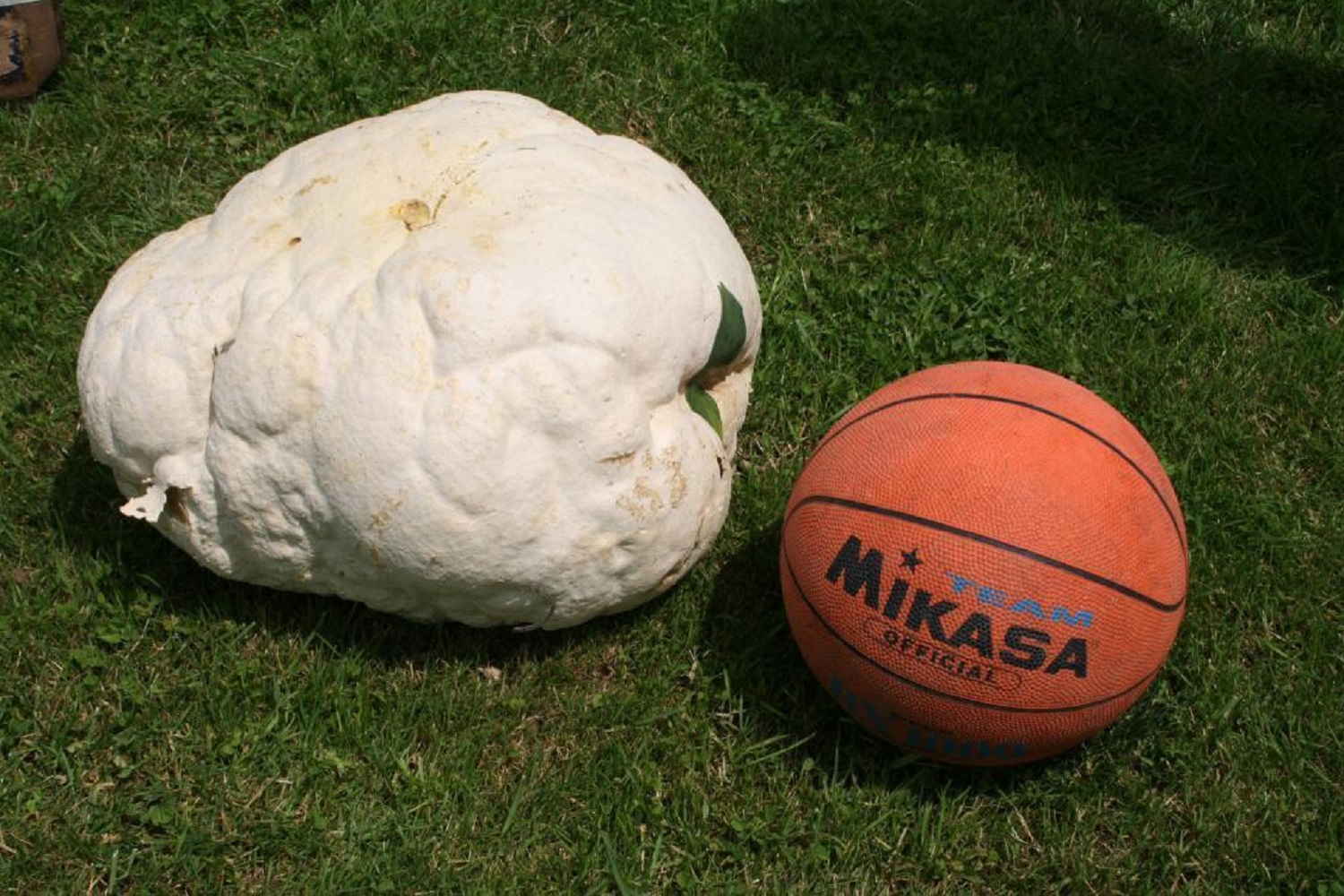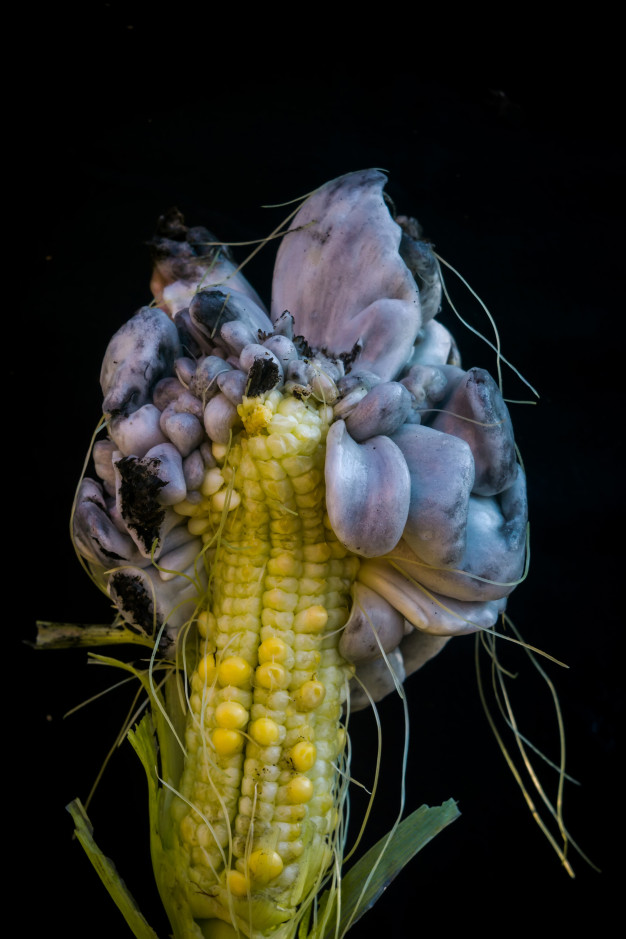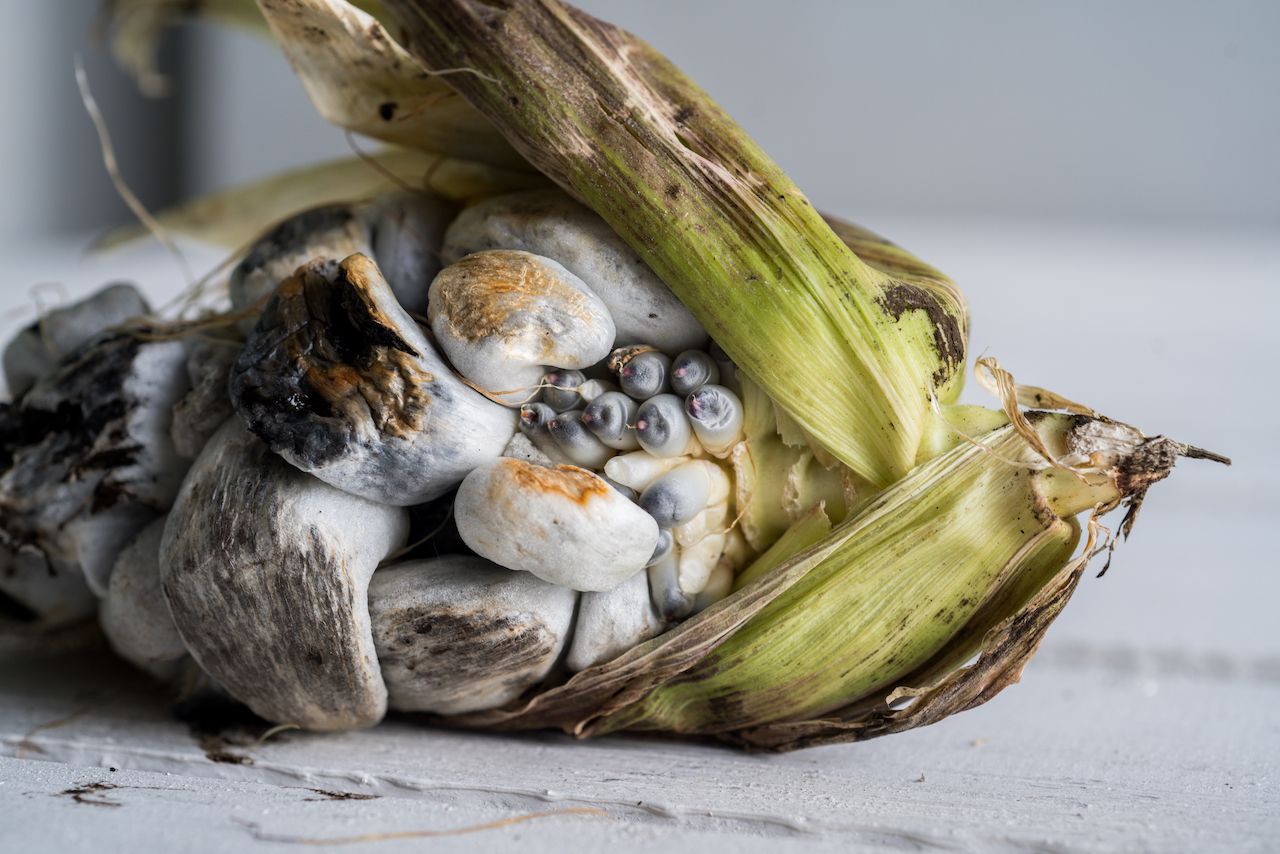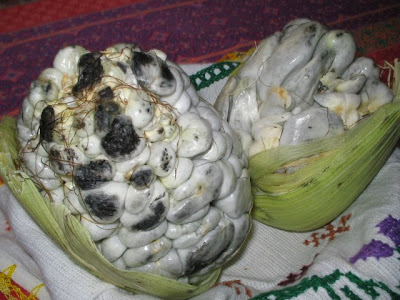
6.1
The pre-Hispanic etymological origin is only found in the word cuitlacoche: it comes from the Nahuatl cuítlatl and means "excrement", and cochi refers to sleep. The cuitlacoche alludes to the excrement of the pre-Hispanic gods, being highly appreciated and linked to improving the quality of planting.





